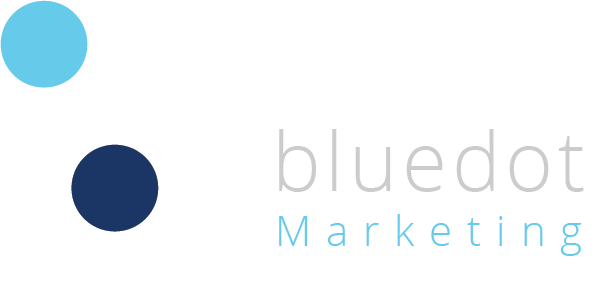In today’s digital age, websites are constantly threatened by cyber attacks. Protecting your website from these threats is essential to safeguarding your data, maintaining user trust, and ensuring uninterrupted service. In this blog, we will explore common cyber threats and provide actionable steps to enhance your website’s security.
Common Cyber Threats
- Malware: Malware, or malicious software, includes viruses, ransomware, spyware, and trojans designed to infiltrate and damage your website. Once installed, malware can steal sensitive information, disrupt services, or give hackers control over your site.
- Phishing: Phishing attacks deceive users into revealing personal information such as passwords, credit card numbers, and other sensitive data. These attacks often come in the form of fraudulent emails or websites that mimic legitimate ones, tricking users into providing their details.
- DDoS Attacks: Distributed Denial of Service (DDoS) attacks overwhelm your website with a flood of traffic from multiple sources, causing it to crash or become inaccessible. These attacks can be difficult to mitigate due to the sheer volume of traffic involved.
- SQL Injection: Attackers exploit vulnerabilities in your website’s database by inserting malicious SQL queries, which can lead to unauthorized access to sensitive data.
- Cross-Site Scripting (XSS): XSS attacks involve injecting malicious scripts into webpages viewed by other users, potentially stealing cookies, session tokens, or other sensitive information.
- Brute Force Attacks: Cybercriminals use automated tools to guess passwords through trial and error, potentially gaining access to your website if passwords are weak.
- Man-in-the-Middle (MitM) Attacks: Attackers intercept and alter communications between users and your website, often to steal sensitive data.
- Credential Stuffing: Using lists of stolen username and password combinations, attackers attempt to gain access to multiple accounts, taking advantage of users who reuse passwords across different sites.
Steps to Enhance Website Security
- Use Strong Passwords: Your first line of defence is to ensure that all passwords related to your website are complex and unique. A strong password should include a mix of uppercase and lowercase letters, numbers, and symbols. Regularly update your passwords and avoid using easily guessable information like birthdays or common words.
- Enable HTTPS: HTTPS (Hypertext Transfer Protocol Secure) encrypts data transmitted between your website and users’ browsers. This encryption helps protect sensitive information, such as login credentials and payment details, from being intercepted by malicious actors. Implementing HTTPS is a security measure, a trust signal for users, and a ranking factor for search engines.
- Regular Software Updates: Keeping your website’s software, plugins, and CMS up to date is crucial. Outdated software often contains vulnerabilities that hackers can exploit. Check for updates regularly and apply them promptly. Consider enabling automatic updates to ensure you don’t miss critical security patches.
- Enable Multi-Factor Authentication (MFA): Add an extra layer of security by requiring additional verification steps, such as a code sent to a mobile device, for accessing your website’s backend.
- Regular Backups: Regularly back up your website and data to ensure you can quickly recover in case of an attack. Store backups in a secure, off-site location.
- Monitor for Suspicious Activity: Use security tools to monitor your website for unusual activities and respond promptly to potential threats.
- Limit Login Attempts: Reduce the risk of brute force attacks by limiting the number of login attempts and implementing account lockout mechanisms.
- Security Plugins: Use reputable security plugins to enhance your website’s security and provide features like malware scanning, firewall protection, and login security.
- Educate Your Team: Provide regular training for your staff on cybersecurity best practices and how to recognize potential threats.
- Secure Hosting Environment: Choose a hosting provider that offers robust security features and proactive monitoring.
Implementing these steps can significantly reduce the risk of cyber threats and protect your website, data, and users from potential harm.
Are you interested in learning how Bluedot Marketing can enhance your website security and protect against cyber threats? Contact us today to discover our comprehensive website design and security services.








